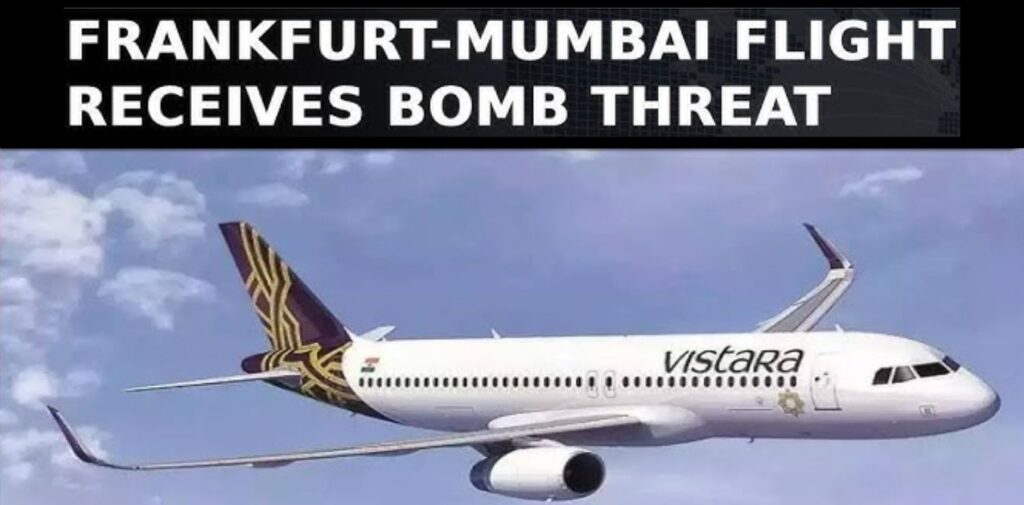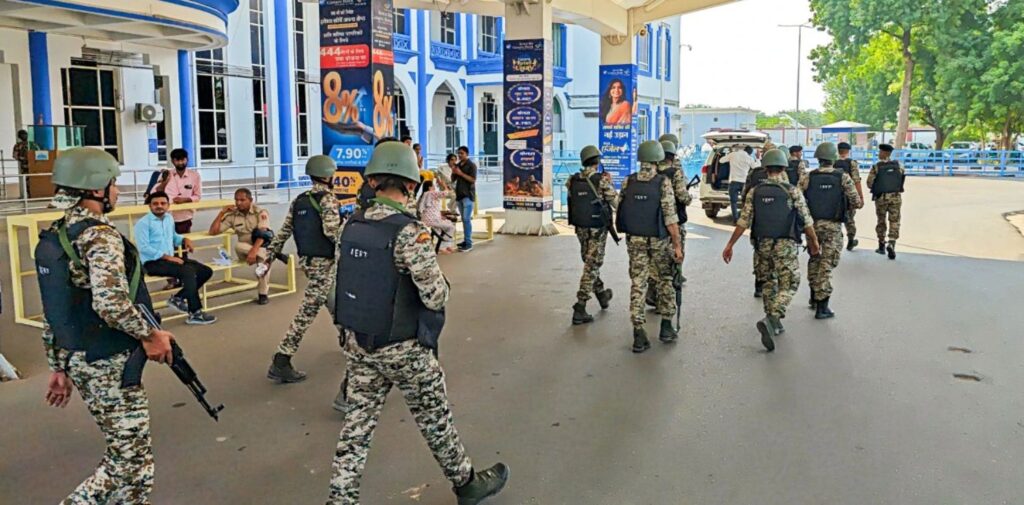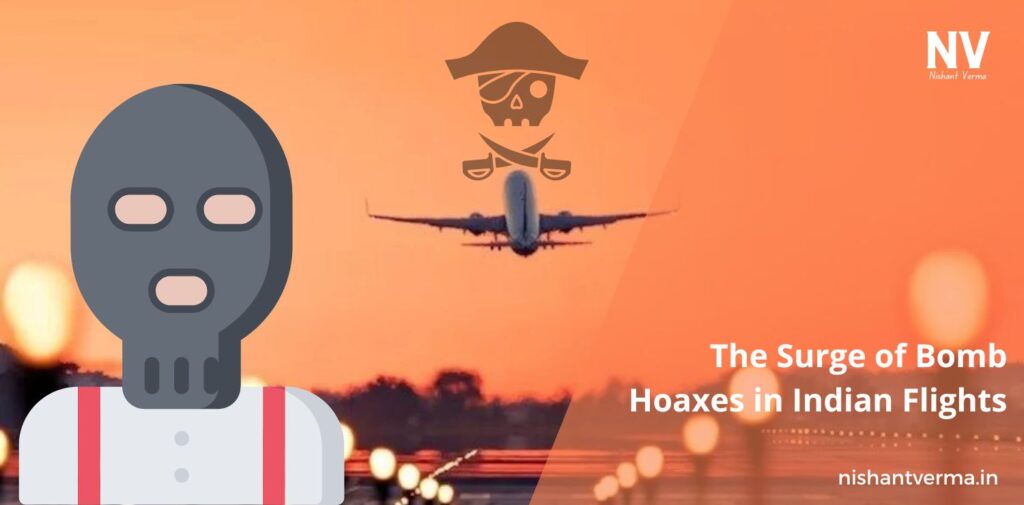In recent weeks, Indian aviation has been rocked by a series of bomb threats targeting both Domestic and international flights. The alarming frequency of these threats has raised significant concerns about security protocols and the potential damage to India’s image on the global stage. With incidents escalating and a growing trend of hoaxes, understanding the implications and motivations behind these threats is crucial.
Recent Incidents: Bomb Hoaxes in Indian Flights
A notable incident occurred when a Vistara flight from Frankfurt to Mumbai received a bomb threat. This prompted an emergency landing in Frankfurt, triggering extensive security protocols and investigations. Following this event, the frequency of similar threats surged, with reports indicating that 90 Indian flights had received hoax bomb threats within a short span, prompting the Aviation Security Bureau to meet with airline representatives to discuss emergency response protocols.
The incidents are not limited to Vistara alone; a London-bound Vistara flight from Delhi was also diverted due to a bomb scare. Such actions have not only caused logistical nightmares for airlines and passengers but have also instilled fear and uncertainty within the aviation sector.

The Nature of Threats
The nature of these threats raises critical questions. Many of the bomb threats received have been identified as hoaxes, often transmitted via email or social media. Authorities have noted that these threats are typically unfounded and designed to disrupt operations rather than to execute any actual malicious intent. However, the psychological impact on passengers and crew, as well as the resource strain on security agencies, cannot be understated.
Experts suggest that the motivations behind these hoaxes could vary widely—from pranks and attention-seeking behaviour to more serious attempts at destabilizing public confidence in aviation security. Sometimes, these threats may also be used as tools for extortion or other criminal activities.
Implications for India’s Image
The escalation of bomb threats against flights has significant implications for India’s image globally. The perception of safety and security is paramount for any country that relies on tourism and international business travel. As bomb threats become more commonplace, potential travelers may reconsider their plans, fearing for their safety. This could lead to a decline in tourism, affecting not just the airlines but the broader economy that depends on international visitors.
Moreover, consistent threats can damage the credibility of Indian security agencies. While the quick responses to these threats demonstrate the country’s commitment to passenger safety, the frequency of such incidents can overshadow these efforts. International travelers might begin to associate India with instability, leading to long-term reputational damage.
The Role of Social Media and Technology
In today’s digital age, social media is crucial in disseminating information, including false threats. The ease with which individuals can send anonymous messages via email or social platforms has complicated the landscape for security agencies. It raises the question of accountability and highlights the need for stricter regulations governing online communications.
Airlines and security agencies are now tasked with developing more sophisticated systems to verify threats while ensuring that legitimate concerns are taken seriously. The challenge lies in balancing passenger safety with the resources required to respond to these threats.

Who is Behind the Threats?
Identifying the perpetrators of these threats is another daunting task for security agencies. Many hoaxes originate from anonymous sources, making it difficult to trace back to the individuals responsible. While some may view these threats as harmless pranks, the potential consequences are severe, including legal repercussions for those caught.
In some cases, investigators have linked bomb threats to organized crime groups attempting to create chaos for financial gain. Others suggest that individuals might be motivated by a desire to disrupt airline operations as a form of protest or retaliation against perceived injustices.
The Response from Authorities
In light of these threats, Indian authorities have stepped up their response measures. The government and aviation regulators are actively reviewing and updating security protocols to ensure that they remain robust against such disruptions. Increased collaboration between airlines and security agencies is essential to create a unified response strategy.
Passengers are also being educated on how to respond in the event of a bomb threat, including the importance of remaining calm and following crew instructions. Enhanced training for airline staff is crucial to prepare them for managing such situations effectively.

Conclusion: Bomb Hoaxes in Indian Flights
The rising tide of bomb threats against Indian flights poses a multifaceted challenge that encompasses security, public perception, and the integrity of the aviation industry. While many threats are ultimately hoaxes, their cumulative effect can lead to significant repercussions for India’s image as a safe travel destination.
Addressing this issue requires a concerted effort from all stakeholders—airlines, security agencies, and the public. By fostering a culture of vigilance and cooperation, India can work to mitigate the impact of these threats, ensuring that air travel remains safe and secure for all. As the nation grapples with this ongoing challenge, the need for enhanced security measures and public awareness has never been more critical.




